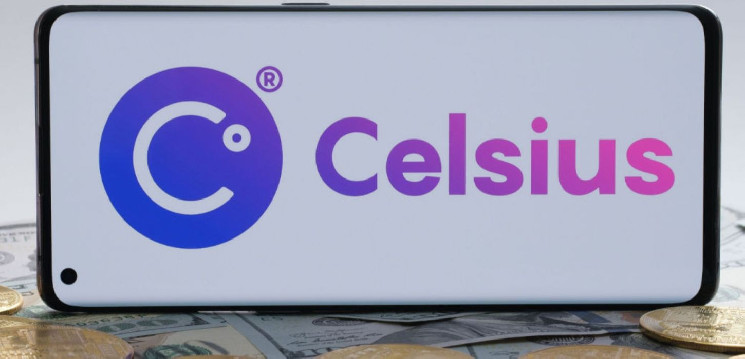The bankrupt Celsius Network has revealed plans for a comeback as a crypto custody firm, including a name rebranding.
CEO Proposes Rebuilding And Rebranding
Crypto lending program Celsius tumbled in the spring of 2022, resulting in a domino effect that took down many other crypto startups and associated projects. However, the company, which filed for bankruptcy in July, is now angling for a comeback. CEO Alex Mashinsky took employees through his plans of reviving the firm in a meeting held on Thursday. A recording of the closed-door meeting reveals that Mashinsky and Celsius Chief Compliance Officer Oren Blonstein laid out extensive plans to rebuild the company as a crypto custody firm that would store people’s cryptos and charge fees on certain types of transactions. Even though Mashinksy was confronted with skepticism from the team, he spoke ardently about the possibilities of a turnaround by comparing the situation with that of brands like Pepsi, which had declared bankruptcy in 1923 and 1931.
He asked his employees,
“Does it make the Pepsi taste less good? Delta filed for bankruptcy. Do you not fly Delta because they filed for bankruptcy?”
Celsius To Rebuild As Kelvin
According to a company spokesperson, these internal meetings are still a regular occurrence where the team discusses different possible scenarios. One of the first propositions that Mashinsky put forward in the Thursday meeting was to rebrand the company as Kelvin. Mashinsky said,
“We gave it a code name: Kelvin, absolute zero. So we are planning to basically reopen with a process that does not require you to trust us in anything.”
The proposal for rebuilding the Celsius Network will have to go through several steps, the first of which is approval from the federal bankruptcy judge in New York overseeing the process.
Celsius’s Troubles, Mashinsky Under Investigation
The company had shot into fame with the promise of a lucrative interest rate as high as 18% on digital asset deposits. Additionally, Celsius had also dished out loans and let users participate in staking with only their deposited assets as collateral. This high-promise business model had catapulted the Celsius Network to an initial success of 1 million customers and $20 billion worth of controlled assets.
However, high-risk investments were at the core of Celsius’s high-interest rates. When the Terra LUNA crash happened, these investments turned sour, ultimately leading to the company’s downfall. Celsius still owes customers around $4.7 billion, and a creditor committee is investigating Mashinsky himself for his role in the loss.
Disclaimer: This article is provided for informational purposes only. It is not offered or intended to be used as legal, tax, investment, financial, or other advice.
 cryptodaily.co.uk
cryptodaily.co.uk
